The leaves on the trees in town are changing their colors, my early morning forays into my backyard are necessitating a second layer, and The Nevada Day Treasure Hunt has begun. That means it is officially winter squash season here in the Lahontan Valley.
Winter squash are a varied bunch of cucurbits coming in all shapes and sizes, ranging from adorbs (sweet dumpling, carnival, honeynut) to monsters (pumpkin, blue hubbard, acorn). There are green-skinned ones (acorn, buttercup, futsu, kabocha), stripey ones (delicata, sweet dumpling), orangish-red ones (baby bear, sugar pie, red kuri), and even bluish-white ones (jarrahdale, blue hokkaido), and the stringy ones (spaghetti, small wonder).
Winter squash varieties are harvested in the fall, are frost-hardy, and can be stored in a cool, dry place for months. When choosing winter squash, prioritize hard skin (no soft spots) and weight over other factors. Because winter squash is so storage-friendly, I recommend buying a variety in a box from one of our local farms while the farm stands are still open for the season. Then, fit your recipe to the squash of your choosing.
Stuffed Acorn Squash (or other small variety)
Ingredients:
2 Acorn squash, halved through the stem and seeds removed
2 T Olive oil
Salt and pepper
1 lb Italian sausage
8 oz Mushrooms, chopped
1 Onion, chopped
1 Medium apple, cored and finely diced
¼ t Nutmeg
1 dash Allspice
2 Clove garlic, minced
1 T Thyme, chopped
½ c Parmesan cheese
Directions:
- Bake the squash: preheat oven to 400°. Arrange squash halves cut-side up on a baking sheet. Drizzle with oil and season with salt and pepper. Bake for 40 minutes until the flesh is tender, and the edges start to wrinkle. Set aside and reduce oven temperature to 375°.
- Prepare the filling: while the squash is roasting, heat olive oil in a skillet over medium-high heat. Add the sausage, brown the meat, and break it up with a spoon. After about 5 minutes, add mushrooms, onion, apple, nutmeg, allspice, and garlic. Cook, stirring often, until the sausage is cooked through, the vegetables are soft, and the liquid has mostly cooked off (about 10 minutes).
- When the squash is cool enough to handle, scoop out some of the flesh, leaving about ¼” thick wall of skin and flesh around the outside. Combine the scooped flesh with the sausage mix. Add the herbs. Season to taste with salt and pepper, then mound the filling into the prepared squash halves. Top with parmesan cheese.
- Place the squash back in the oven and bake until the cheese is melted (about 15 minutes).
Butternut Squash Soup with Green Curry
Ingredients:
4 T Coconut oil
3 Shallots, diced
1 2” Piece of ginger, peeled and thinly sliced
1 Lemongrass stalk, cut into three pieces
Salt
2 medium Butternut squash (about 4 lb), peeled, seeded & cubed
2 cans Coconut milk
8 T of Thai green curry paste
3 T Fish sauce
4 c Chicken stock
For the garnish:
¾ c Raw peanuts
¾ c Unsweetened raw coconut flakes
2 T Fish sauce
6 Small dried red chiles, thinly sliced
1 T Coconut oil
1 T Minced lemongrass
1 t Sugar
2-3 Limes, quartered
Directions:
- Heat oven to 300°. Melt coconut oil in a Dutch oven over medium-high heat. Add the shallots, ginger, lemongrass pieces, and a good pinch of salt. Reduce heat to low and stir until shallots are tender and just starting to brown (about 15 minutes).
- Add the squash, coconut milk, curry paste, 3 T fish sauce, and 3 c stock. Increase heat and bring to a boil. Reduce to a simmer and let cook for about 25 minutes.
- Make garnish: In a bowl, toss together peanuts, coconut flakes, fish sauce, chiles, lemongrass, sugar, and 1 T melted coconut oil. Spread the mixture onto a baking sheet and bake for 18-20 minutes; after the first 10 minutes, stir every 3 minutes or so.
- Remove garnish from the oven when coconut is golden brown; pour into a bowl to prevent overcooking.
- Remove soup from the heat, discard lemongrass stalks, and puree with an immersion blender or in batches in a food processor or blender. Taste and adjust seasoning with salt, curry paste, and fish sauce. Adjust consistency with remaining stock or water.
- Serve soup topped with the prepared garnish and lime wedges.




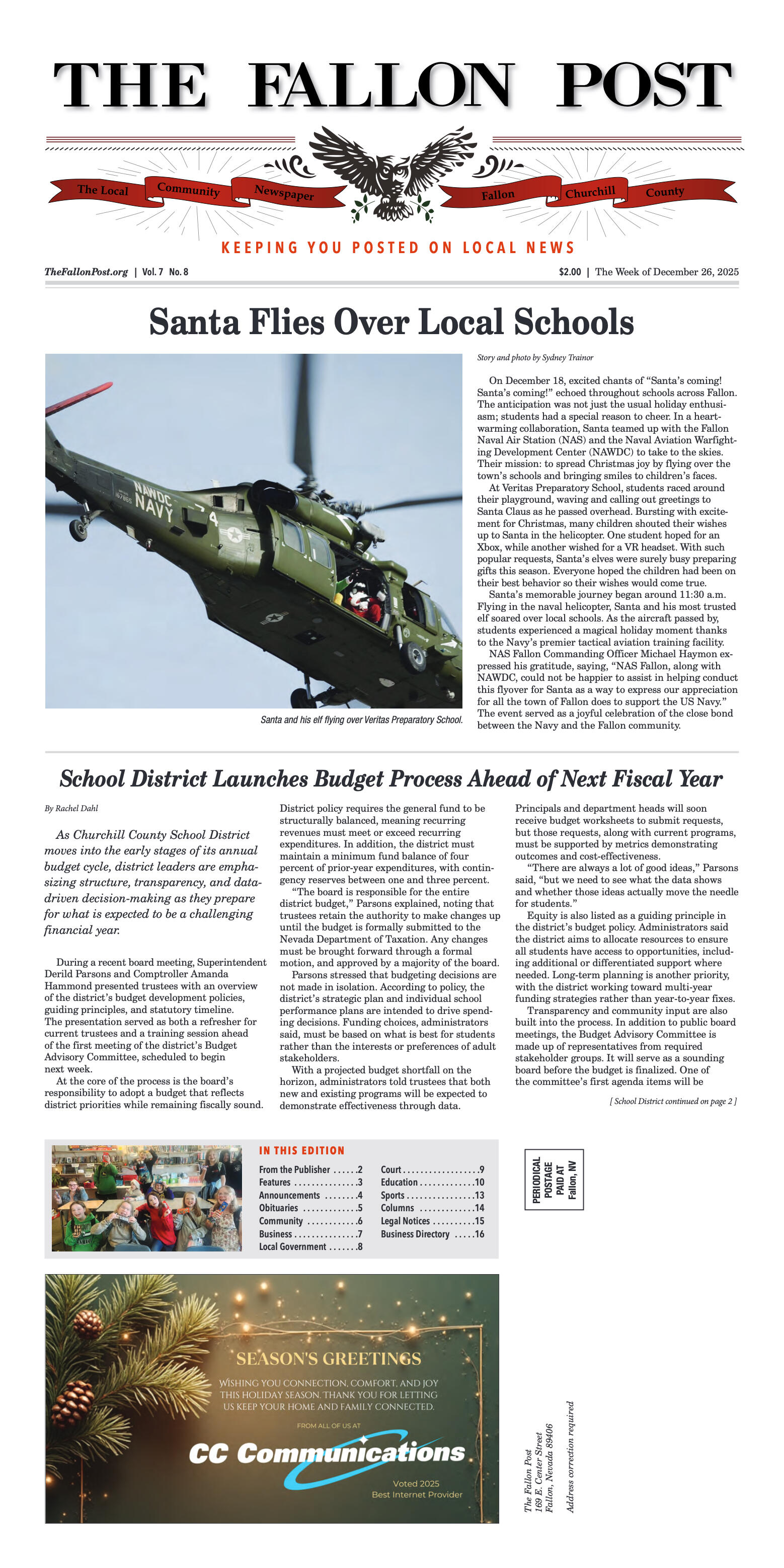
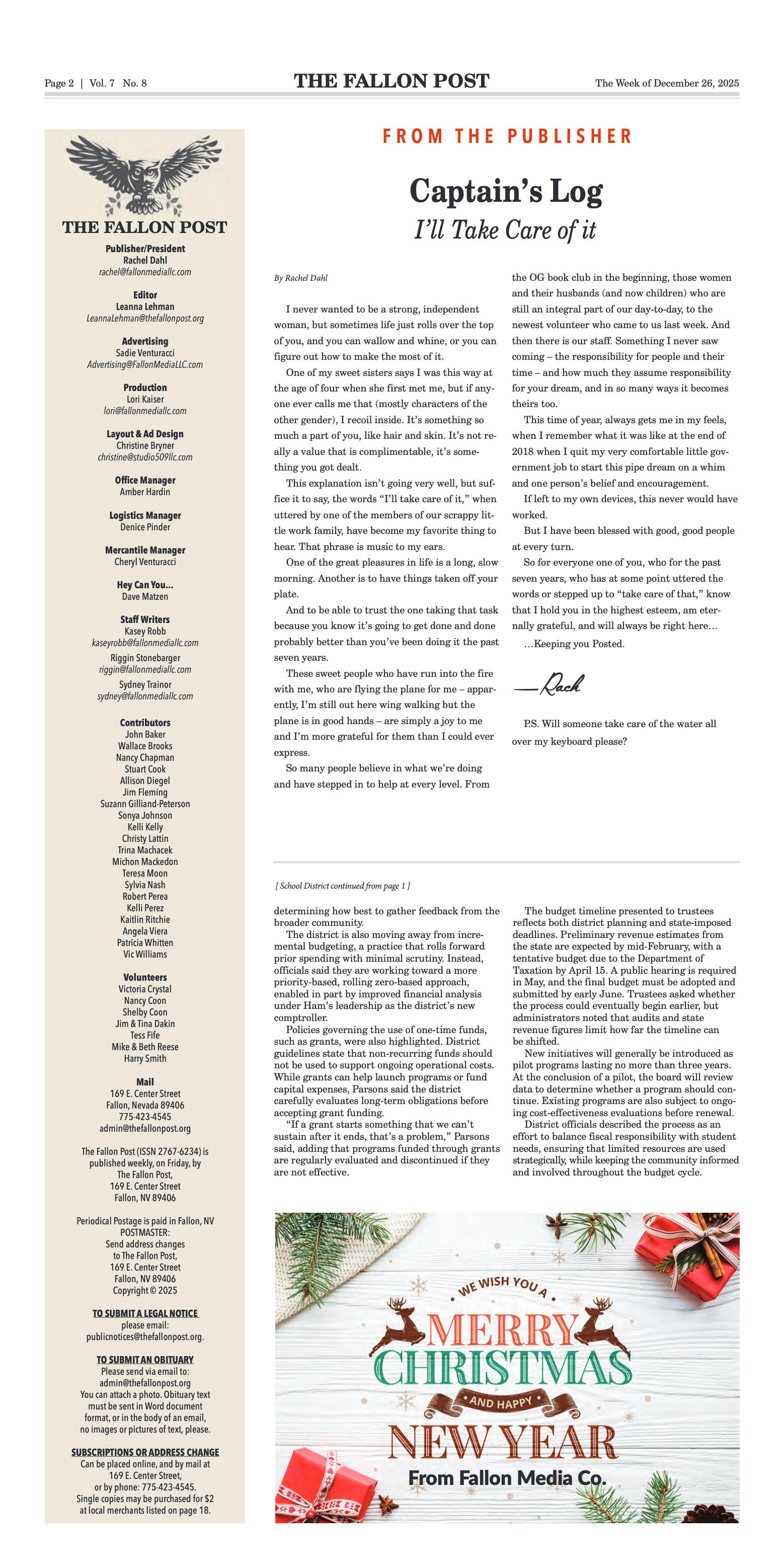

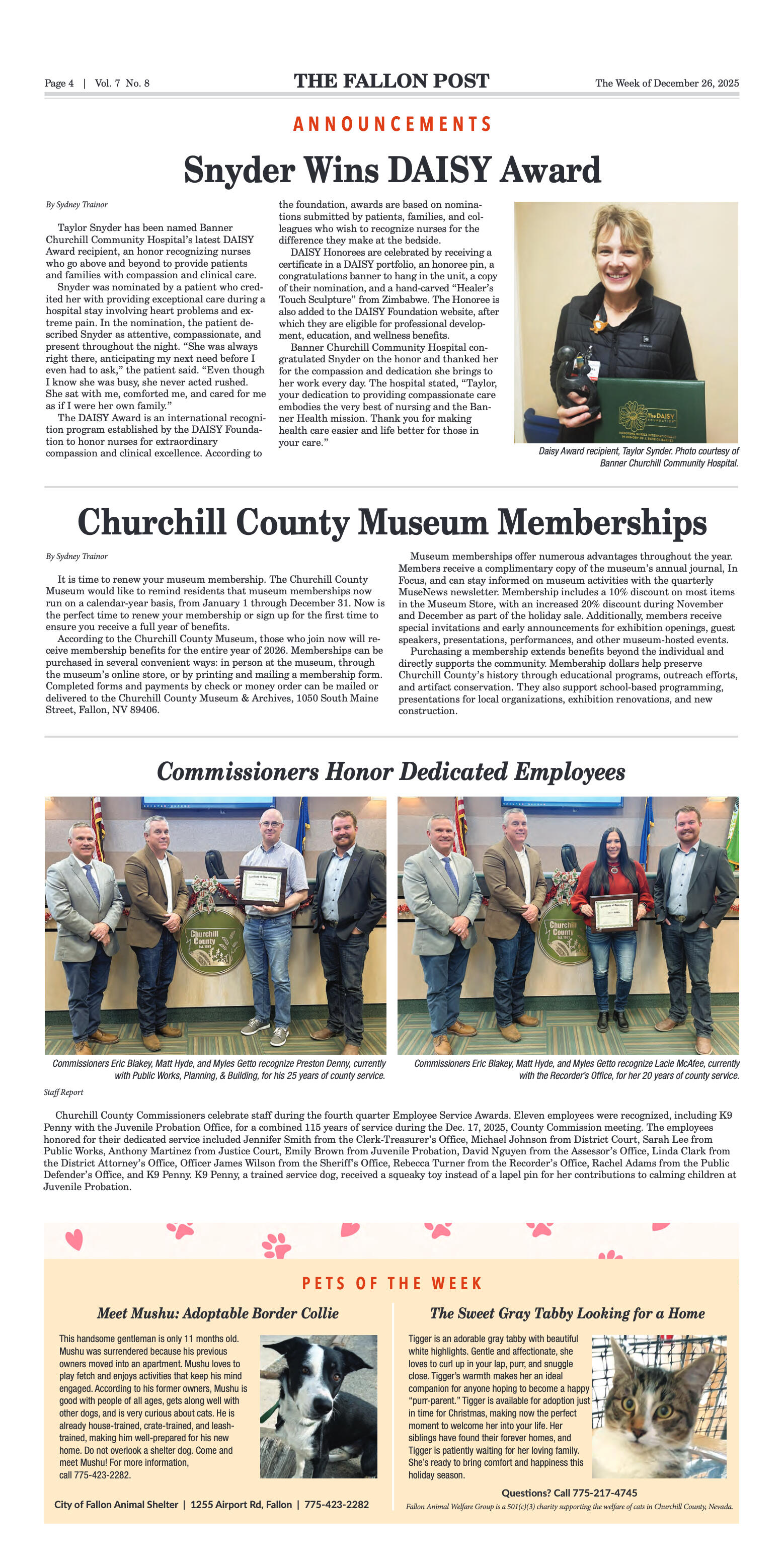
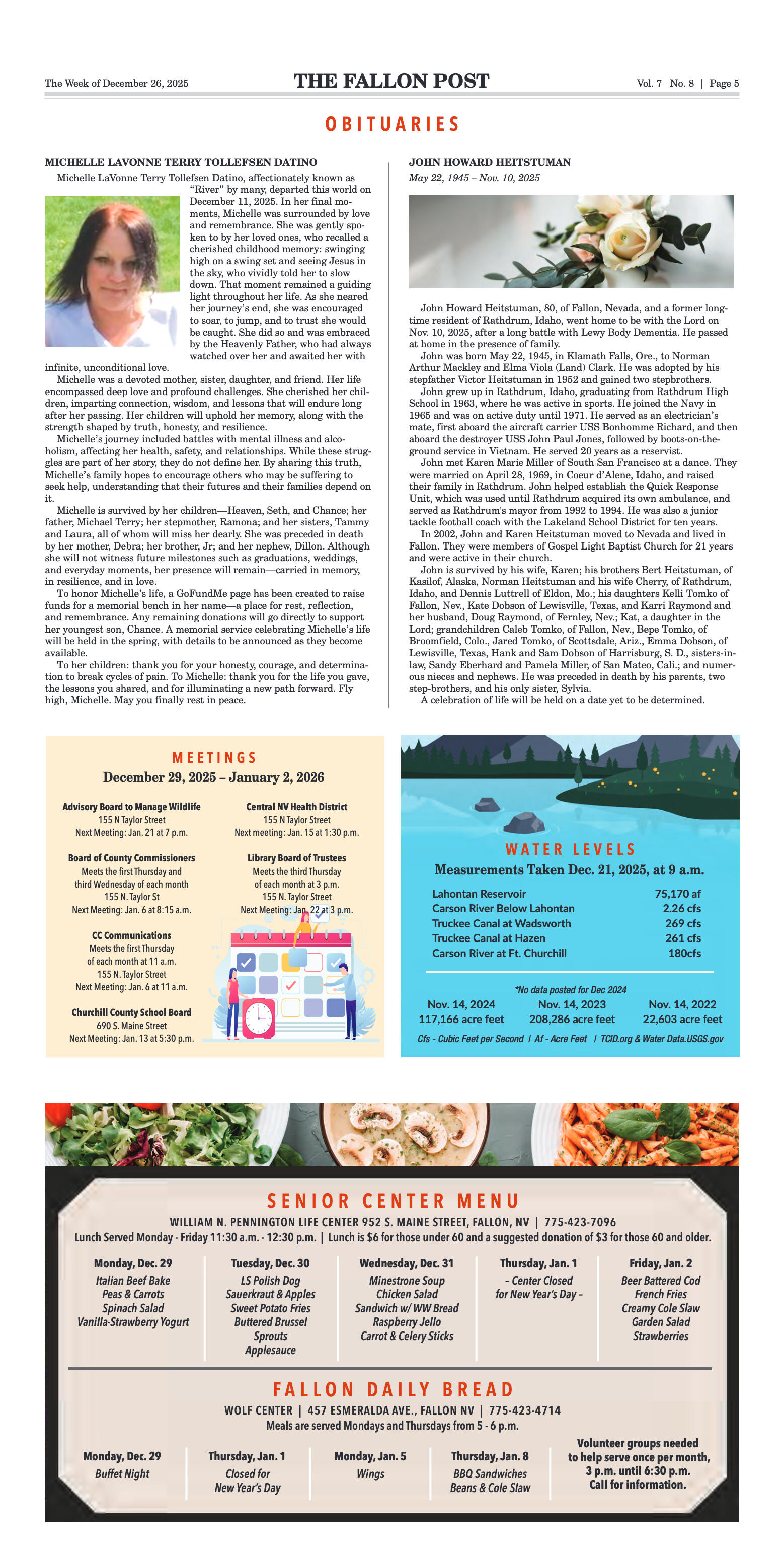
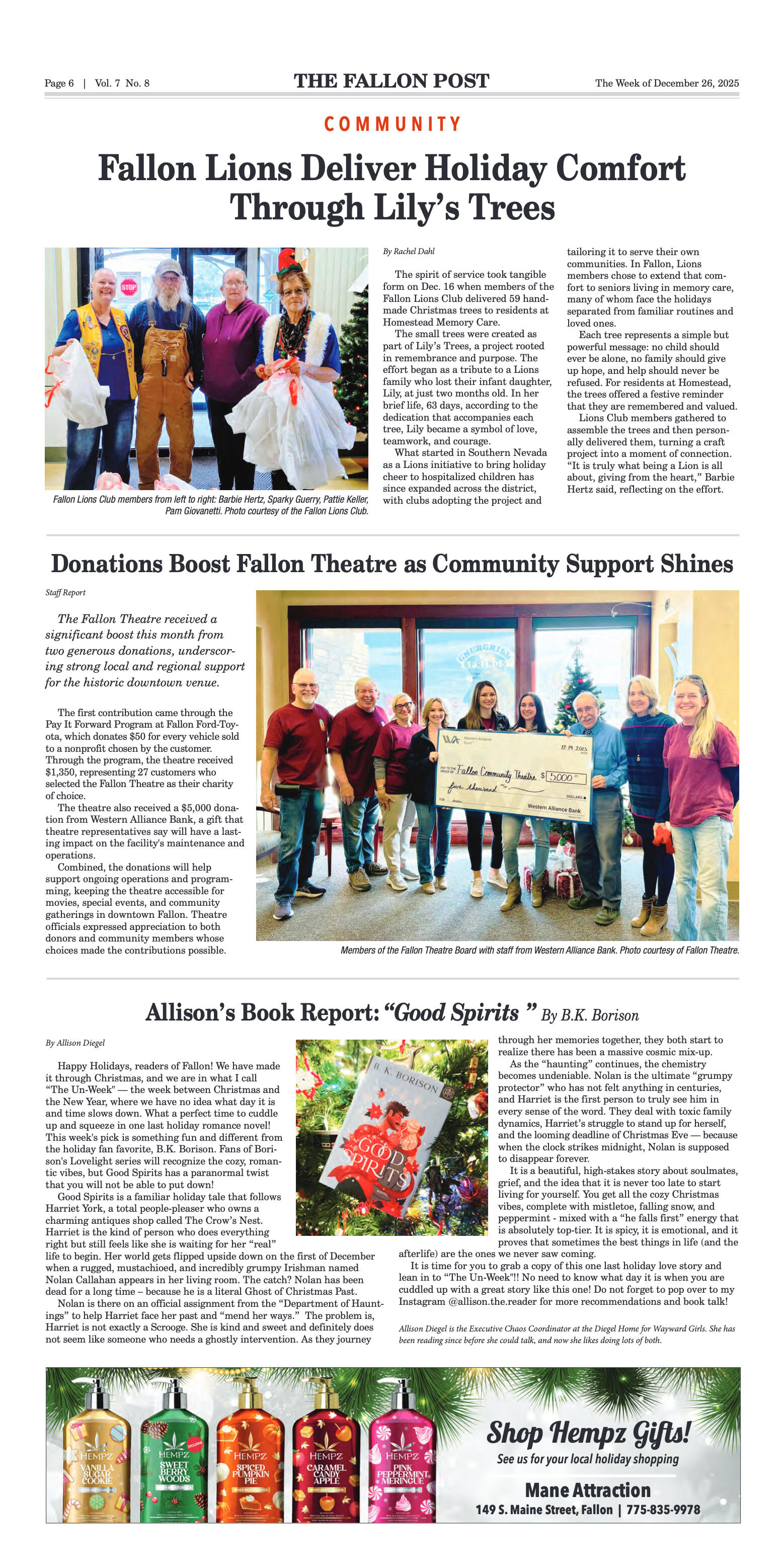
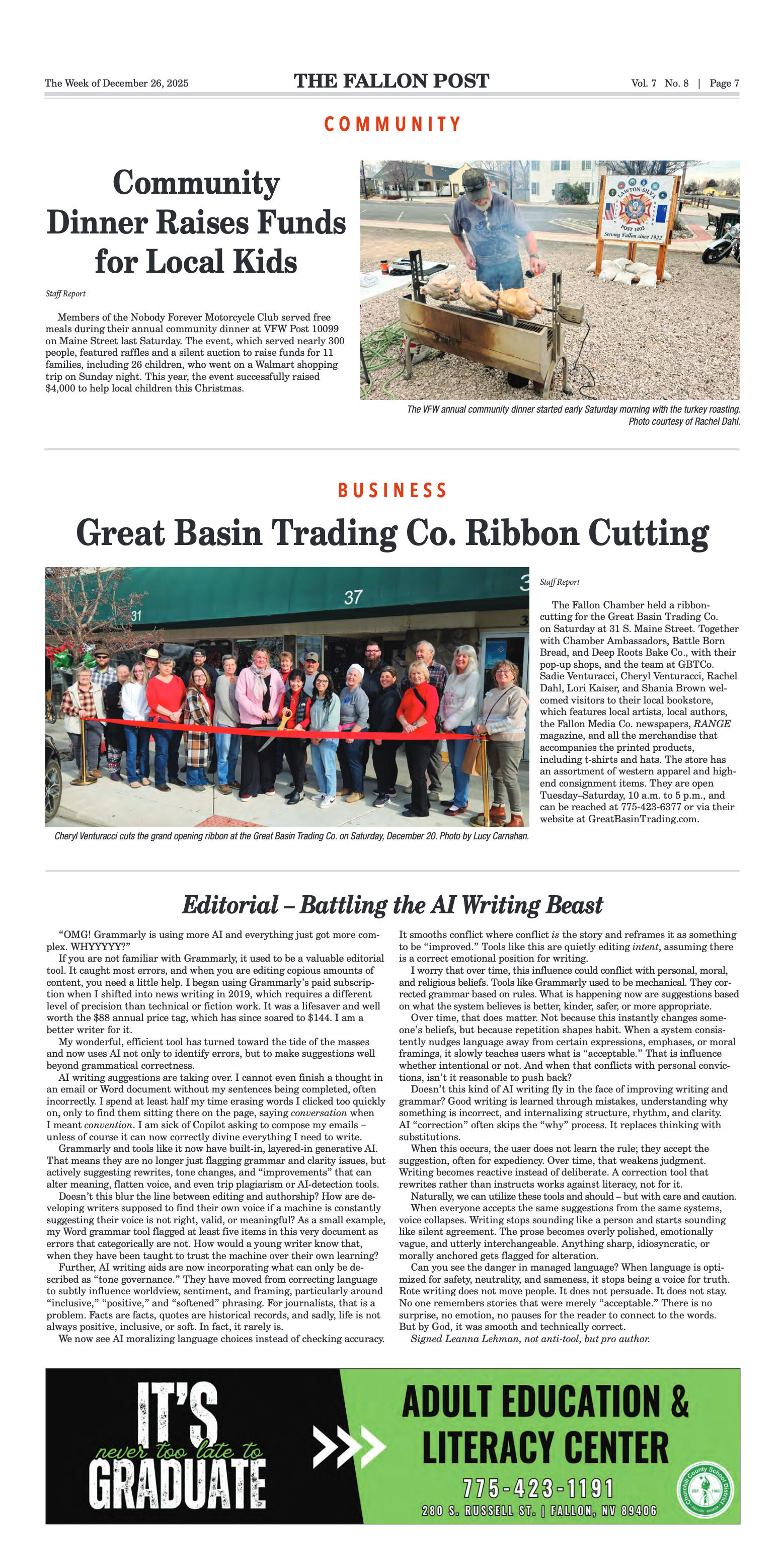
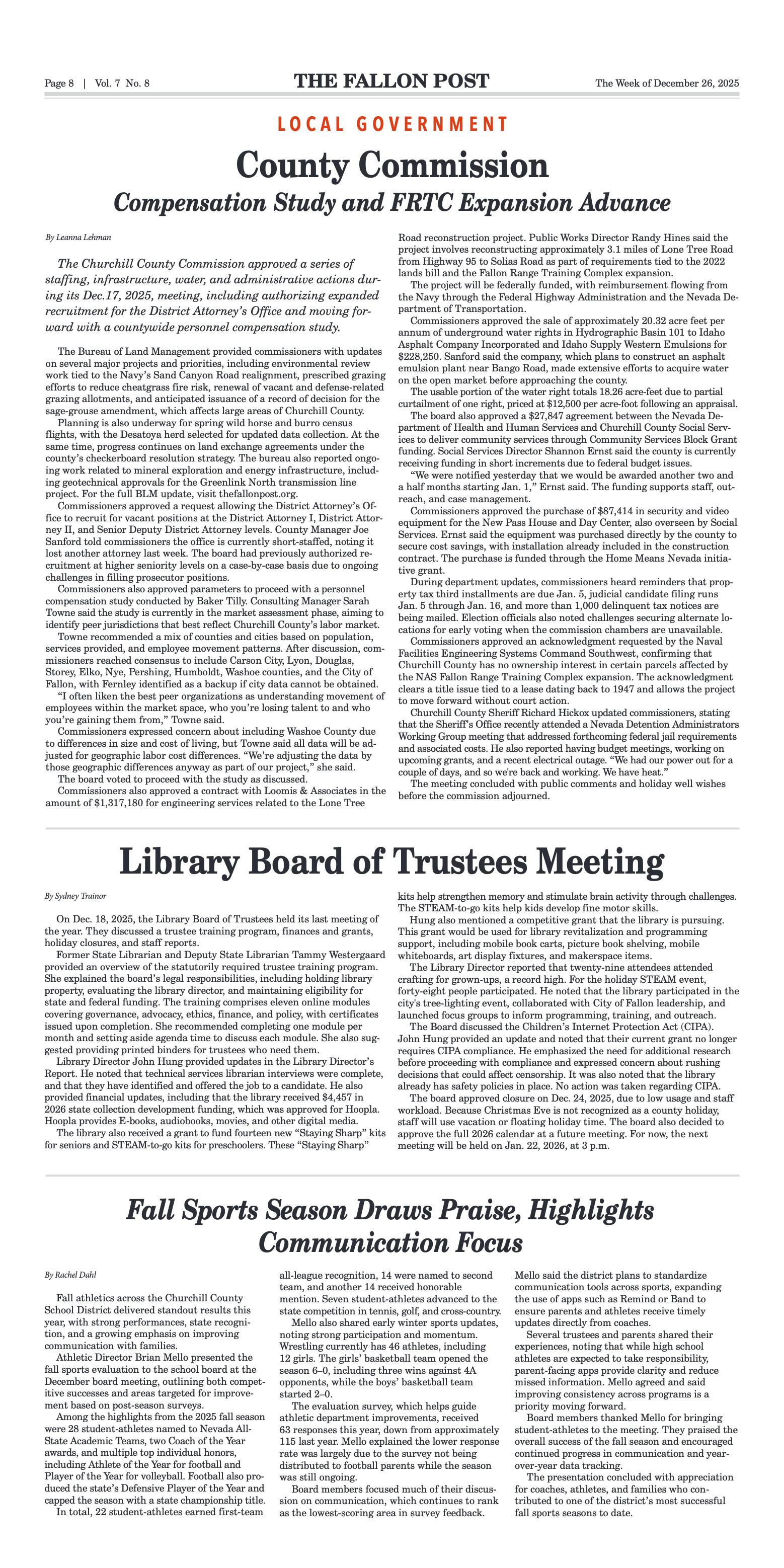
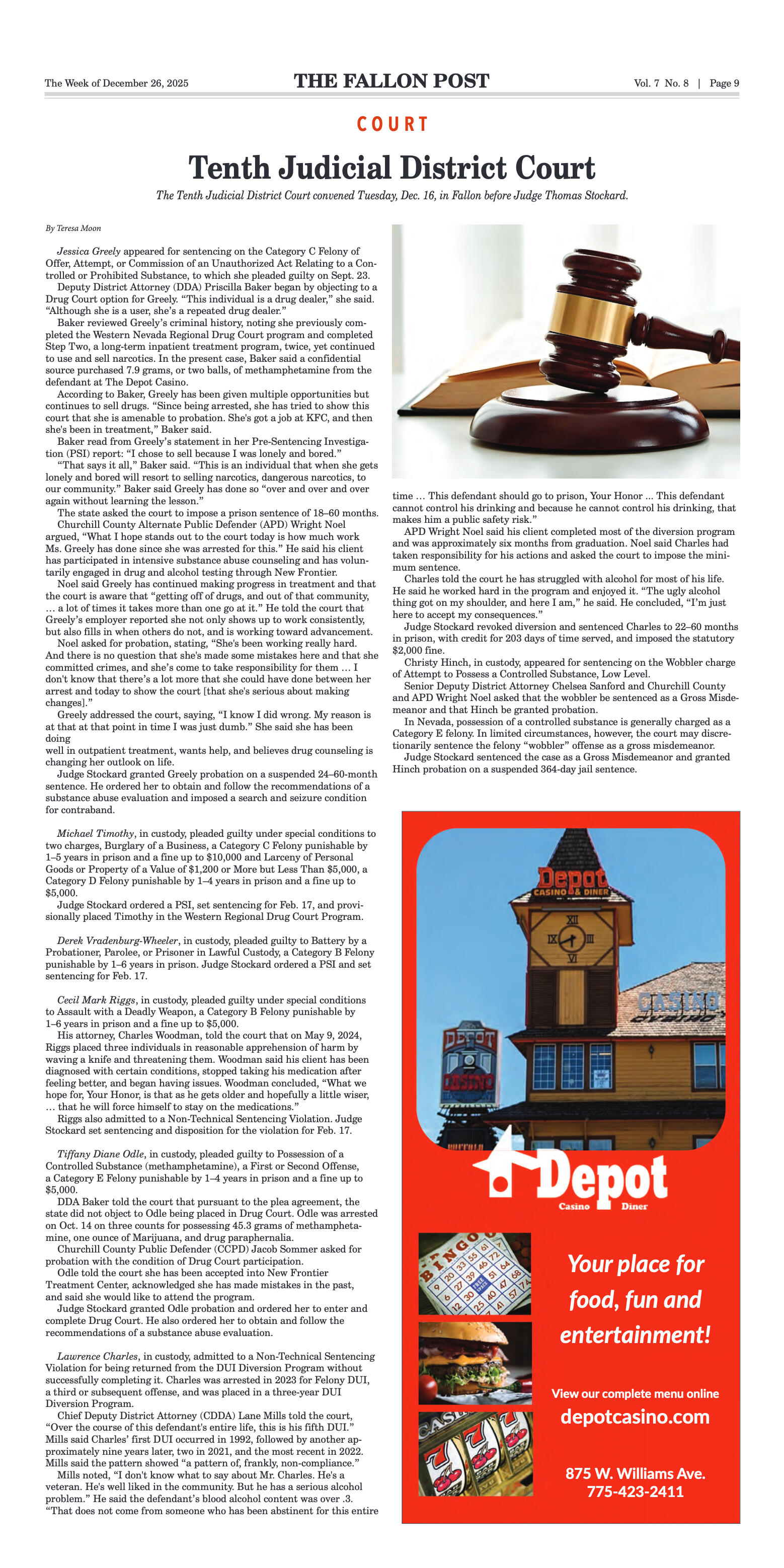
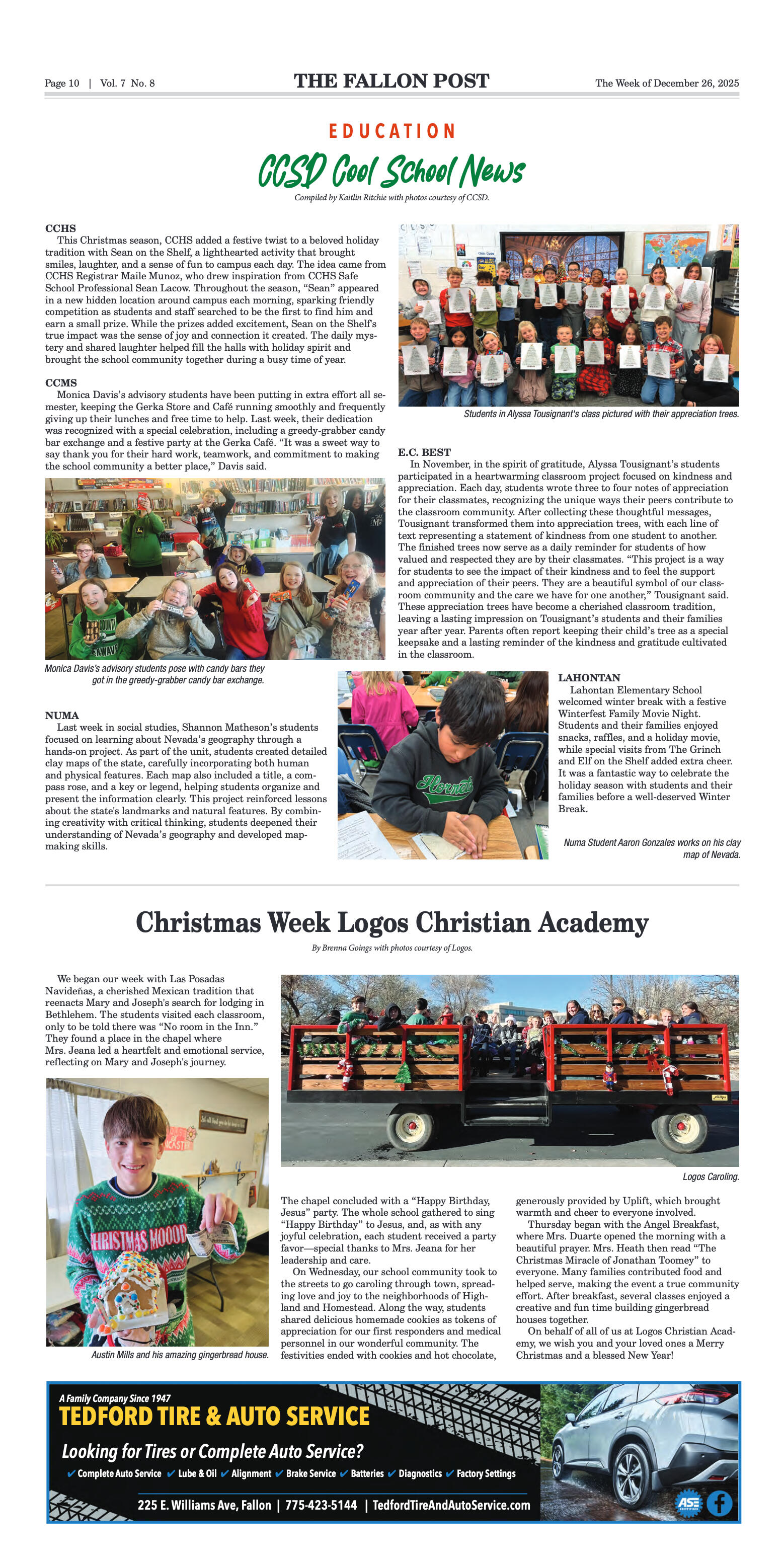
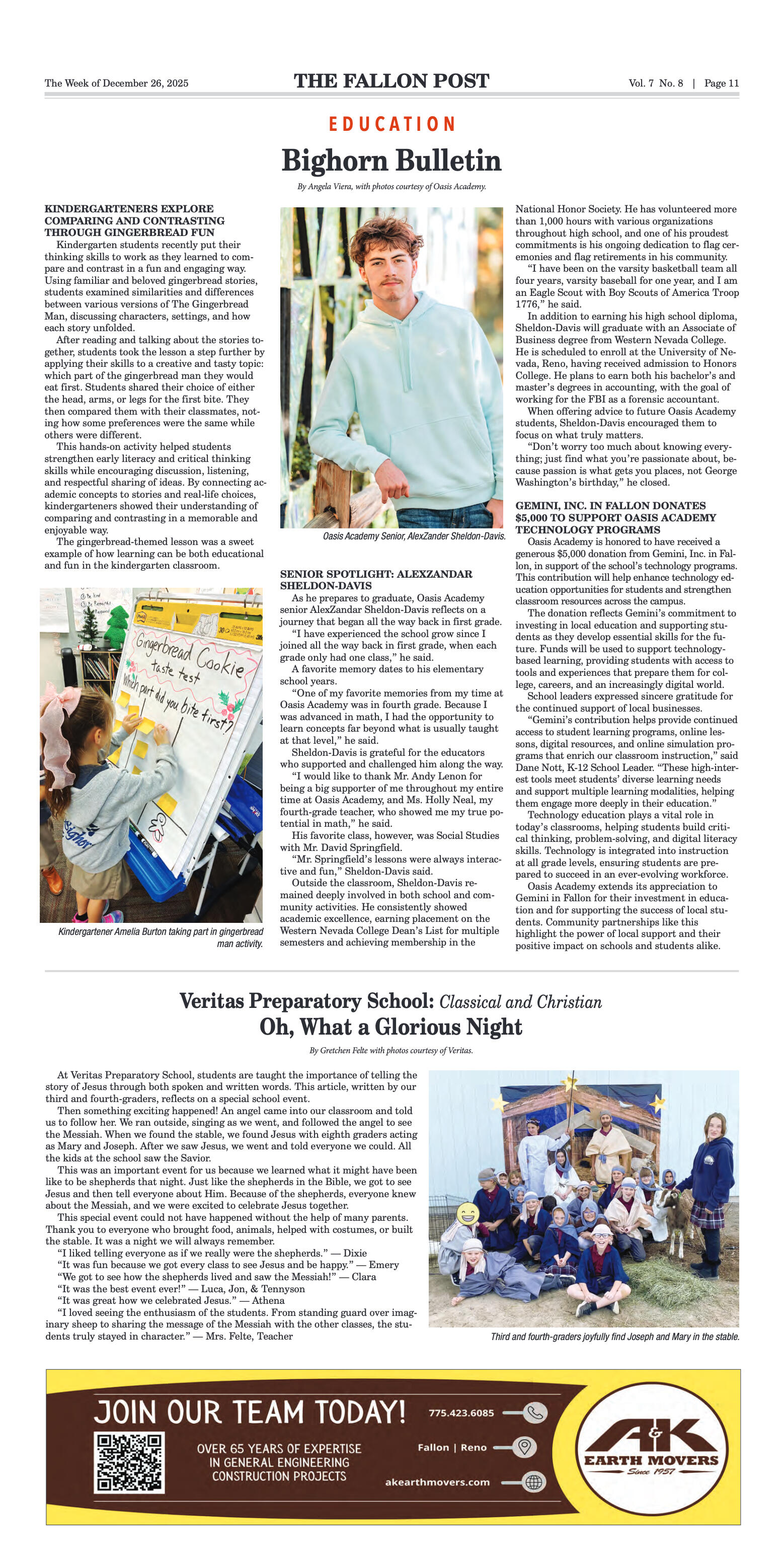



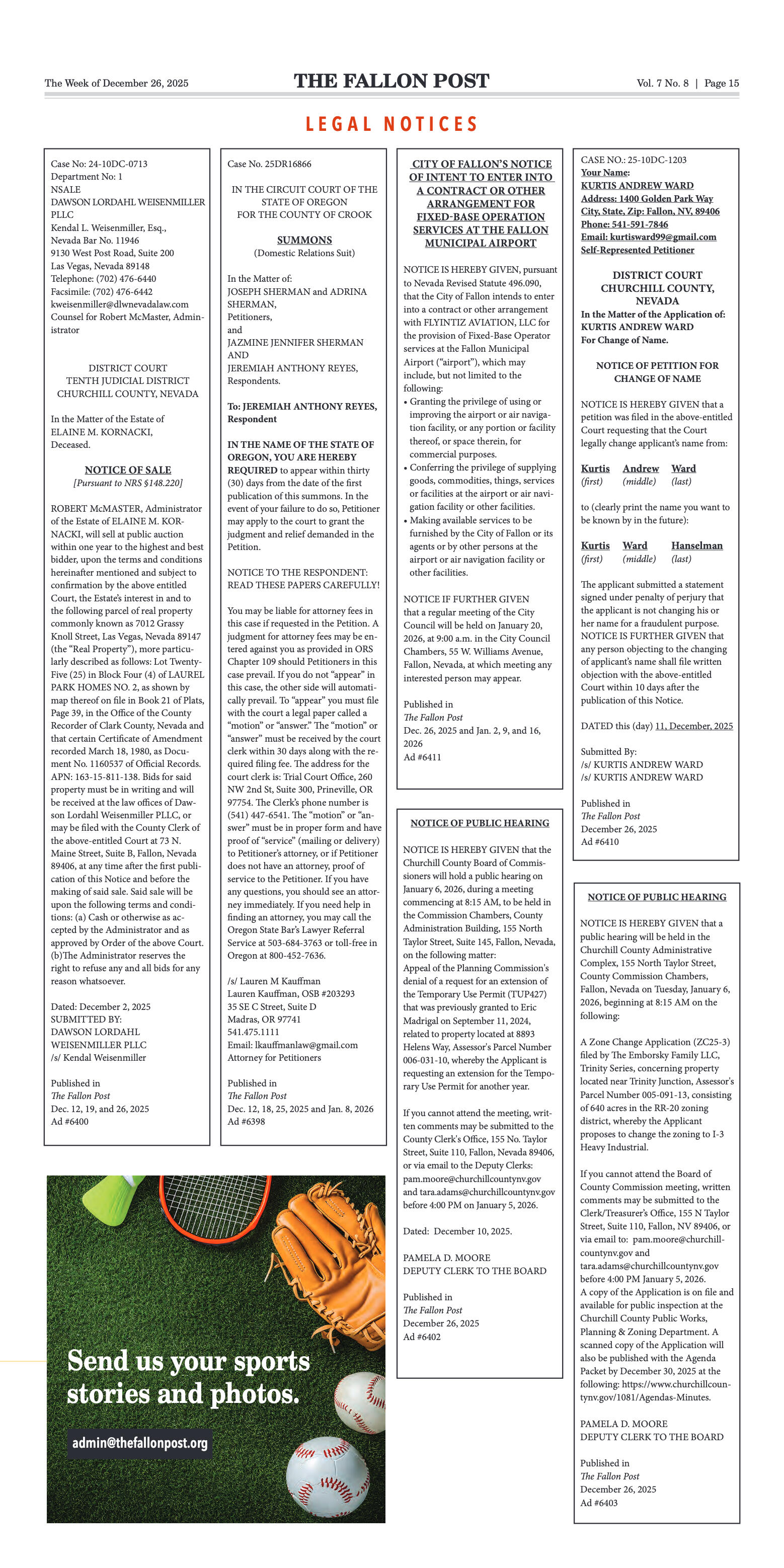
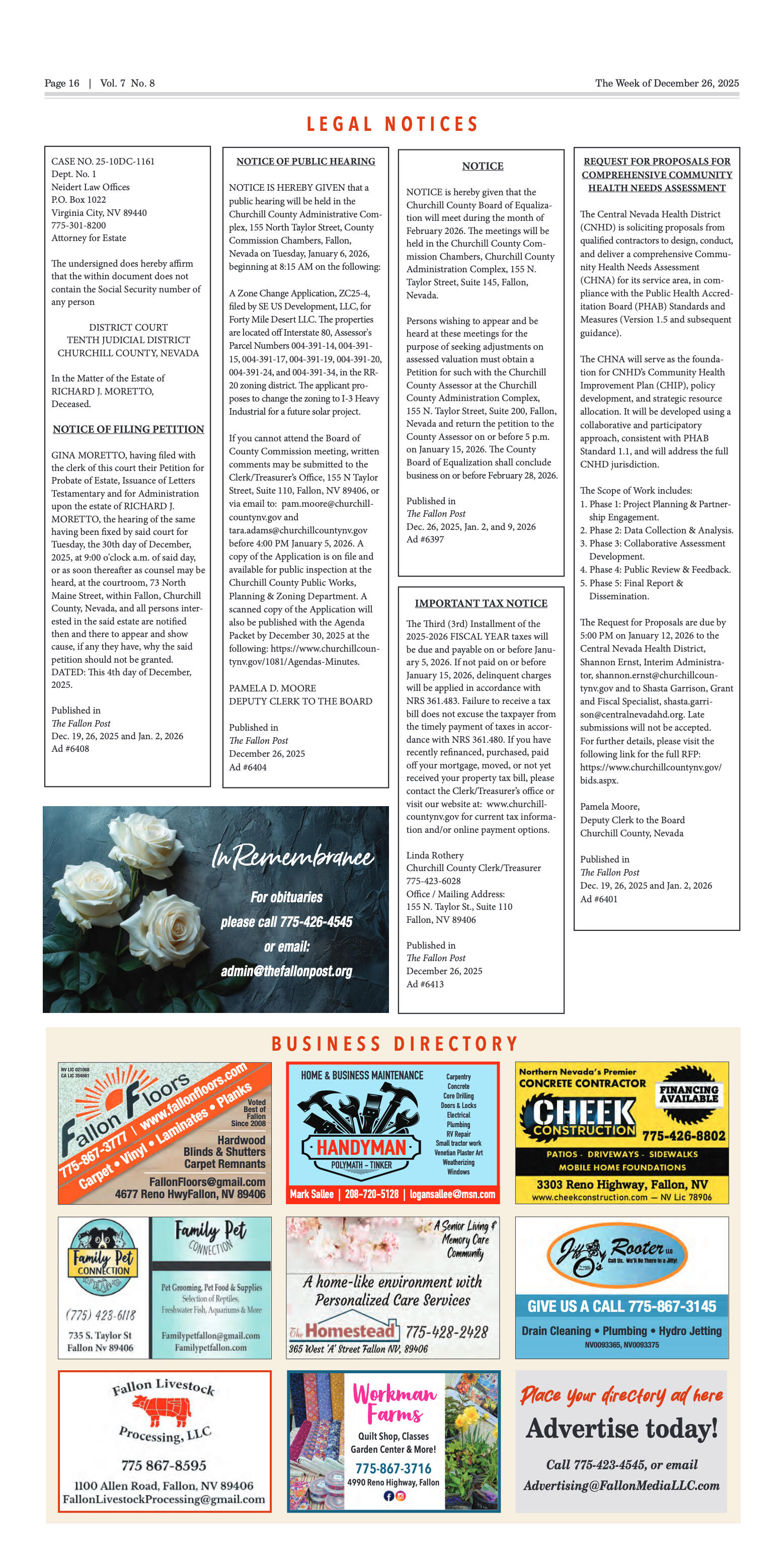


























Comment
Comments